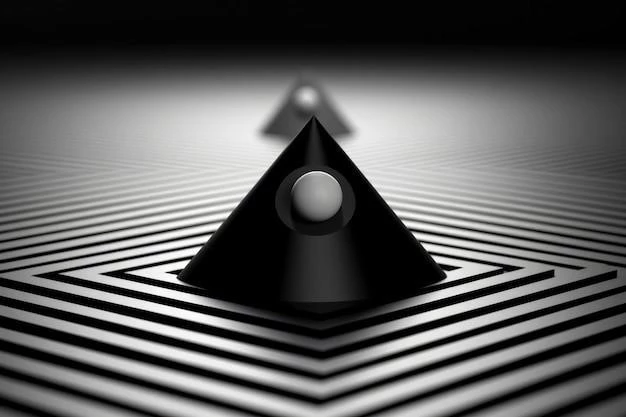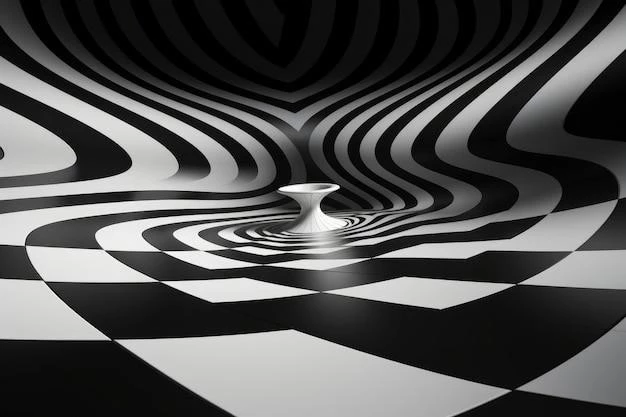Optical illusions are fascinating phenomena that play tricks on our brains, making us see things that aren’t actually there. They’ve been around for centuries, and they continue to captivate and intrigue us. As someone who has always been fascinated by the workings of the human mind, I’ve spent countless hours exploring the world of optical illusions, trying to understand how they work and why they affect us so profoundly.
One of the most common types of optical illusions is the **ambiguous figure illusion**, which can be interpreted in multiple ways. A classic example is the **Rubin vase**, a drawing that can be seen as either a vase or two faces looking at each other. This illusion works because our brains try to make sense of the ambiguous image by filling in missing information, leading us to perceive different interpretations.
Another intriguing type is the **geometric illusion**, which distorts our perception of size, shape, or distance. The **Muller-Lyer illusion**, for instance, shows two lines of equal length, but one appears longer than the other due to the arrows at the ends. This illusion arises from our brains’ tendency to interpret lines based on the surrounding context, leading to misjudgments.
I’ve also been fascinated by **motion illusions**, which create the perception of movement even when there is none. The **rotating snakes illusion**, for example, consists of a series of concentric circles with a slight difference in their color. The circles appear to rotate, even though they are static images. This illusion occurs because our brains are constantly trying to find patterns and movement, leading to the perception of motion in stationary objects.
My personal favorite type of optical illusion is the **color illusion**, which manipulates our perception of color. The **checkerboard shadow illusion**, for example, shows a checkerboard with squares that appear to be different shades of gray, even though they are actually the same color. This illusion arises from our brains’ tendency to interpret color based on the surrounding context, leading to misperceptions.

While optical illusions can be fun and entertaining, they also have practical applications. For instance, they are used in advertising to create eye-catching designs and in architecture to create visually appealing spaces. They are also used in psychology to study perception and cognitive processes.

Through my explorations of optical illusions, I’ve gained a deeper understanding of how our brains process information and create our perception of reality. These illusions are not just tricks of the eye, but powerful demonstrations of the incredible complexity of the human mind.










